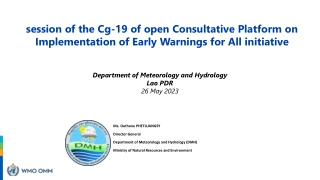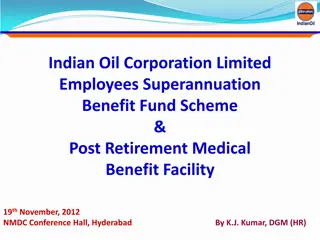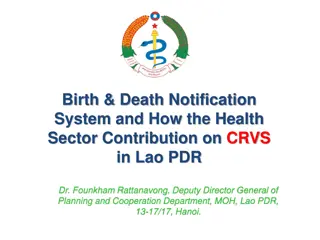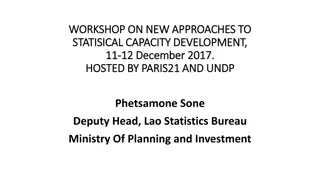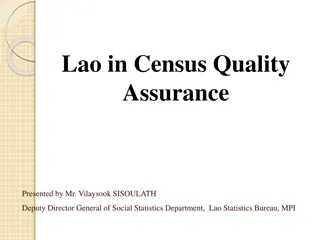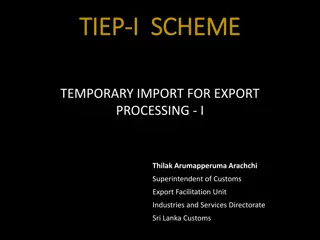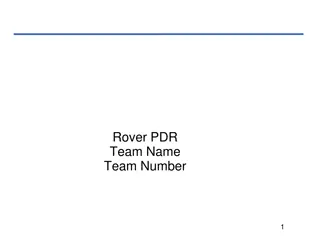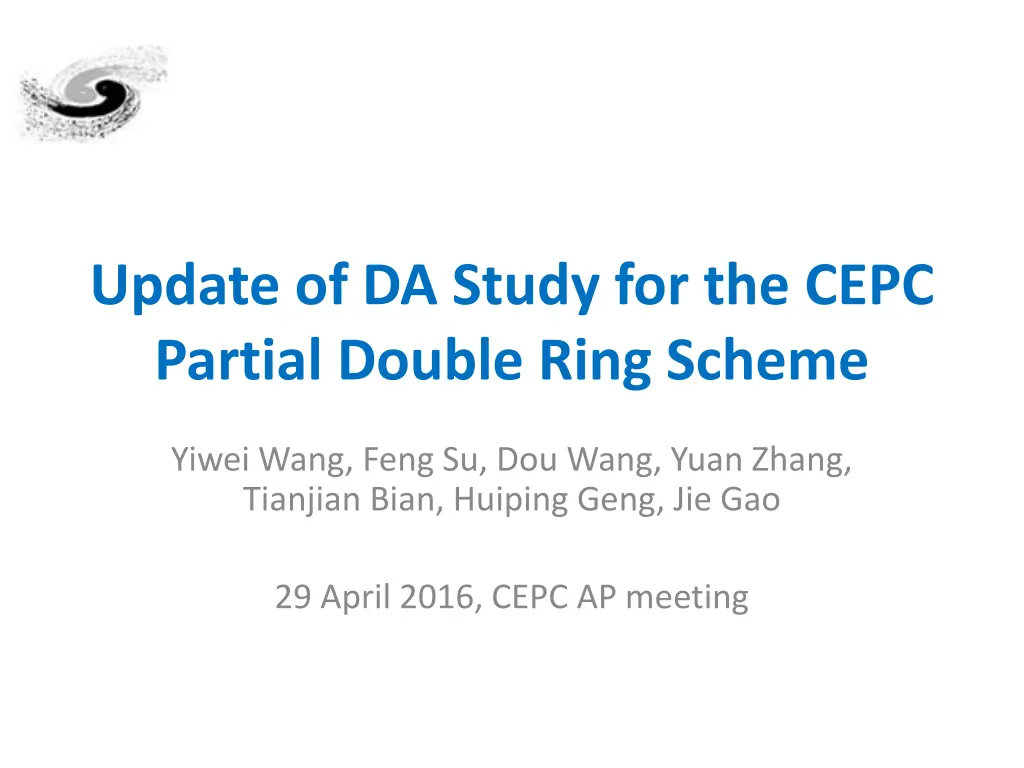
CEPC Double Ring Scheme Update
Stay updated on the latest findings and developments in the CEPC Partial Double Ring Scheme study, including primary parameters, ring circumference adjustments, and dynamic aperture analysis. Explore images and details from recent meetings and progress reports.
Download Presentation

Please find below an Image/Link to download the presentation.
The content on the website is provided AS IS for your information and personal use only. It may not be sold, licensed, or shared on other websites without obtaining consent from the author. If you encounter any issues during the download, it is possible that the publisher has removed the file from their server.
You are allowed to download the files provided on this website for personal or commercial use, subject to the condition that they are used lawfully. All files are the property of their respective owners.
The content on the website is provided AS IS for your information and personal use only. It may not be sold, licensed, or shared on other websites without obtaining consent from the author.
E N D
Presentation Transcript
Update of DA Study for the CEPC Partial Double Ring Scheme Yiwei Wang, Feng Su, Dou Wang, Yuan Zhang, Tianjian Bian, Huiping Geng, Jie Gao 29 April 2016, CEPC AP meeting
CEPC primary parameter wangdou20160325 Pre-CDR H-high lumi. H-low power W Z Number of IPs Energy (GeV) Circumference (km) SR loss/turn (GeV) Half crossing angle (mrad) Piwinski angle Ne/bunch (1011) Bunch number Beam current (mA) SR power /beam (MW) Bending radius (km) Momentum compaction (10-5) IPx/y (m) Emittance x/y (nm) Transverse IP(um) x/IP y/IP VRF(GV) fRF(MHz) Nature z(mm) Total z(mm) HOM power/cavity (kw) Energy spread (%) Energy acceptance (%) Energy acceptance by RF (%) n Life time due to beamstrahlung_cal (minute) F (hour glass) Lmax/IP (1034cm-2s-1) 2 2 2 2 2 120 54 3.1 0 0 3.79 50 16.6 51.7 6.1 3.4 120 54 2.96 15 2.5 2.85 67 16.9 50 6.2 2.5 120 54 2.96 15 2.6 2.67 44 10.5 31.2 6.2 2.2 80 54 0.59 15 5 0.74 400 26.2 15.6 6.1 2.4 45.5 54 0.062 15 7.6 0.46 1100 45.4 2.8 6.1 3.5 0.1/0.001 0.62/0.0028 7.9/0.053 0.006 0.073 0.12 650 3.9 4.0 0.99 0.05 0.8/0.0012 6.12/0.018 69.97/0.15 0.118 0.083 6.87 650 2.14 2.65 3.6 0.13 2 6 0.23 47 0.25/0.00136 2.45/0.0074 24.8/0.1 0.03 0.11 3.62 650 3.1 4.1 2.2 0.13 2 2.2 0.47 36 0.268 /0.00124 2.06 /0.0062 23.5/0.088 0.032 0.11 3.53 650 3.0 4.0 1.3 0.13 2 2.1 0.47 32 0.1/0.001 1.02/0.003 10.1/0.056 0.008 0.074 0.81 650 3.25 3.35 0.99 0.09 1.7 0.3 1.1 0.24 0.68 2.04 0.82 2.96 0.81 2.01 0.92 3.09 0.95 3.09
Whole ring Circumference=60km, Emittance 3.2nm High order chromaticity correction with whole ring is under going. To get a ring around 54km, the PDR should be included into the ARC
Partial double ring Separator: 12*62.5 urad=0.75 mrad Septum: 4.25 mrad Exit of septum X=0.028875m Fix the bug that the survey x doesn t go back Length 2.7 km
Dynamic aperture W/O error of the magnets Synchrotron motion and radiation damping included Tracking with 240 turns Coupling factor =0.003 for y Preliminary result of dynamic aperture for on momentum: (13 x, 90 y) 8 families at ARC, no sextupole in PDR, 4 families in IR other aberration analysis is very necessary and under going
IP4 IP3 IP1 IP2 Check geometry with SAD Not closed exactly (x, y, z)= (.06990301909479069, 2.44891370067106e-07, 0) m
Sextupole scheme interleave Non-interleave technique (phy, num) 60 /60 n=6 All 3rdRDT due to sextupoles cancelled All 4thRDT except 2Qx-2Qy due to sextupoles cancelled dQ(Jx,Jy): accumalteto be large dQ( ): small even with 2 families DA on momentum: easy to optim. DA off momentum: easy to optim. - 90 /60 n=12 All 3rdRDT due to sextupoles cancelled All 4thRDT except 4Qx due to sextupoles cancelled dQ(Jx,Jy): accumalteto be large dQ( ): small even with 2 families DA on momentum: easy to optim. DA off momentum: easy to optim. - 90 /90 n=4 All 3rdRDT due to sextupoles cancelled 4thRDT except 4Qx, 2Qx+2Qy, 4Qy, 2Qx- 2Qy due to sextupoles cancelled dQ(Jx,Jy): accumalteto be large dQ( ): small even with 2 families DA on momentum: - DA off momentum: - n=5 All 3rd and 4thRDT due to sextupoles cancelled dQ(Jx,Jy): small dQ( ): correct with many families DA on momentum: easy to optim. DA off momentum: with many families to correct dQ( ) and I break down other DA & RDT

